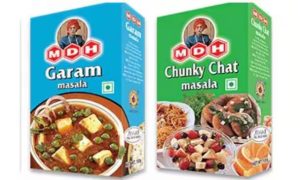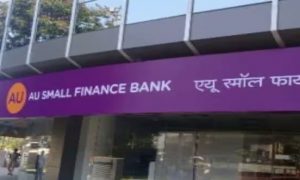From notes bearing someone’s name or a slogan to soiled and damaged notes, we often come across currency notes in damaged conditions.
Also Read – Amazon Begins Layoffs Across Company, Plans To Trim 10,000 or 3% Workforce; Read Full Letter Here
From notes bearing someone’s name or a slogan to soiled and damaged notes, we often come across currency notes in damaged conditions. Many of these bills remain in circulation in India and it is possible that you might receive one from an ATM machine someday. While one can refuse to accept damaged notes from a vendor or a person, we don’t have the option to return such notes to the ATM machine. However, according to the Reserve Bank of India (RBI), you can get the damaged currency notes exchanged in certain cases.
How to exchange?
As per the RBI, a person can exchange soiled, mutilated or damaged notes for fresh ones at the counters of any public sector bank branch. In addition, one can also exchange such notes at any currency chest branch of a private sector bank and also at any issue office of the RBI. When you approach a bank branch to exchange notes, you are not required to fill up any form.
RBI also provides an exchange facility for mutilated notes through Triple Lock Receptacle (TLR) covers. In this method, one can obtain a TLR cover from the enquiry counter of the RBI and put the damaged note inside it. You are required to write details including your name, address, and denominations of the notes deposited in the columns on the cover before depositing them in the Triple Lock Receptacle box. You will be issued a paper token after submitting the damaged notes.
Once the note has been deposited, the admissible exchange value of the currency notes is transferred to the depositor through bank draft or pay order.
Conditions
It must be noted that there are certain conditions under which an Indian currency noted is accepted for exchange. According to the RBI, soiled notes are the ones that are slightly cut, have stains, have become dirty, or are in two pieces. These soiled notes can be exchanged for a fresh one provided that the cut does not pass through the number panels on the note.
Mutilated notes are defined by the RBI as notes in which the essential portions are missing. The portions include the name of the issuing authority, guarantee, clause, promise, signature, Ashoka Pillar, emblem, portrait of Mahatma Gandhi, and watermark. These notes can also be exchanged easily but the exchange value is paid as per the RBI’s Note Refund Rules.
For notes that are excessively soiled and brittle or have been burned, charred or inseparably stuck up together, the RBI states that such notes cannot withstand normal handling and will not be accepted by any bank branch for exchange.
Soiled notes are exchanged by the banks for free at the counter as long as the number of notes presented is not more than 20 pieces and whose value does not exceed Rs 5,000 per day. If the number of soiled notes is over 20 and the value is over Rs 5,000 per day, then the bank will accept them against a receipt and credit the value later. The bank may also apply service charges as per RBI rules.
Also Read – Sebi Settlement Scheme II on illiquid option cases: Strong response so far; to end on Nov 21
In the case of mutilated and imperfect notes, one can get the exchange value over the counter of the bank’s branch when the number of pieces is up to 5. When mutilated notes are in bulk and their value is over Rs 5,000, then the RBI advises sending them to the nearby currency chest branch by insured post while providing the bank account details. Or, one can also get them exchanged in person at the chest branch.



































